Are you considering adding a furry friend to your family and wondering which breed would be the best fit for you? If you are looking for a small, affectionate, and loyal companion, a Lhasa Apso might be the perfect choice for you. Known for their unique appearance and charming personalities, these dogs can make wonderful pets for the right owner. In this article, we will explore what makes the Lhasa Apso breed special, what you can expect from owning one, and whether this breed is the right fit for you.
Breed Category: Non-Sporting Group
Country of Origin: Tibet
Average Size:25-28 cm
Average Weight:5-8 kg
Average Life Span: 12-15 years
Grooming Requirements: High
Exercise Requirements:Moderate
History and Origin
The Lhasa Apso is a small dog breed that originated in Tibet. The breed is believed to have been around for over 2,000 years and was originally bred as a watchdog for Tibetan monasteries and palaces. The Lhasa Apso is known for its long, flowing coat and its independent and loyal nature.
The Lhasa Apso was considered a sacred dog in Tibet and was often given as a gift to visiting dignitaries. The breed was also used as a guard dog, protecting the monasteries and palaces from intruders. The Lhasa Apso was highly valued for its ability to sense danger and its fierce loyalty to its owners.
The Lhasa Apso was first introduced to the Western world in the early 1900s. The breed was brought to England by a British army officer who had been stationed in Tibet. The Lhasa Apso quickly gained popularity in England and was recognized by the Kennel Club in 1901. The breed was later introduced to the United States in the 1930s and was recognized by the American Kennel Club in 1935.
The Lhasa Apso is a small dog, typically weighing between 12 and 18 pounds. The breed is known for its long, flowing coat, which can come in a variety of colors, including black, white, gold, and brown. The Lhasa Apso is also known for its independent and stubborn nature, which can make training a challenge. However, with patience and consistency, the Lhasa Apso can be trained to be a well-behaved and obedient companion.
The Lhasa Apso is a relatively healthy breed, with a lifespan of 12 to 14 years. However, like all breeds, the Lhasa Apso is prone to certain health issues, including hip dysplasia, eye problems, and skin allergies. It is important for Lhasa Apso owners to be aware of these potential health issues and to take their dogs for regular check-ups with a veterinarian.
In conclusion, the Lhasa Apso is a fascinating breed with a rich history and a loyal and independent nature. The breed has been around for over 2,000 years and was originally bred as a watchdog for Tibetan monasteries and palaces. The Lhasa
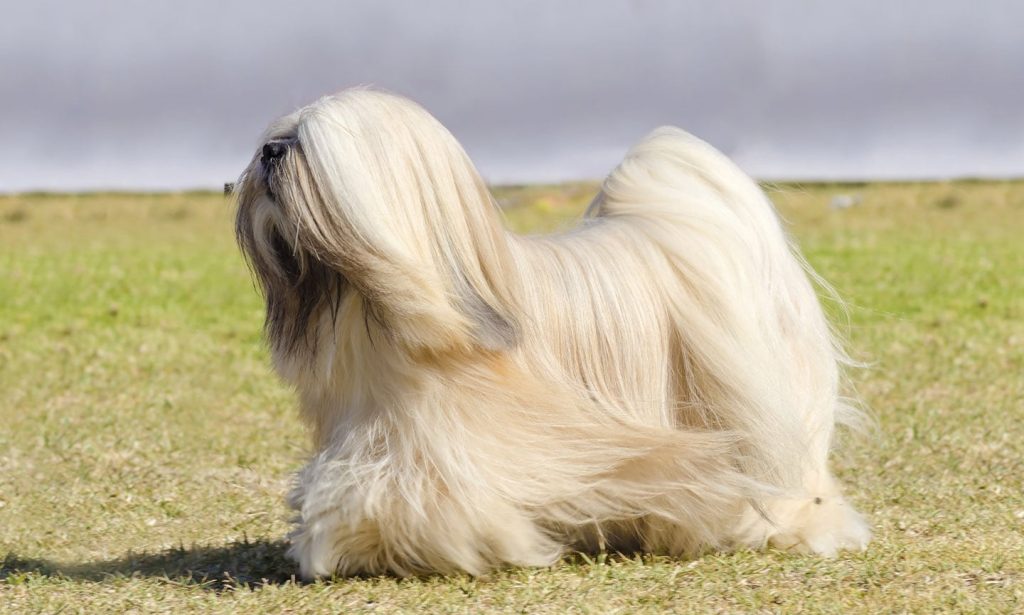
Size and Breed Category
The Lhasa Apso is a small breed of dog that originated in Tibet. They are classified as a toy breed and typically weigh between 5-8 kg. They have a long, dense coat that can come in a variety of colours including black, white, brown and gold. The Lhasa Apso is known for their distinctive lion-like appearance, with a mane of hair around their neck and a tuft of hair on their tail. They have a sturdy build and a square-shaped body, with a height of around 25-28 cm at the shoulder. Despite their small size, they are known for their bravery and loyalty, making them a popular choice as a companion dog.
The Lhasa Apso is a member of the non-sporting breed group. They were originally bred as guard dogs for Tibetan monasteries and were highly valued for their ability to alert monks to any intruders. Today, they are primarily kept as companion dogs and are known for their affectionate and playful nature. They are a relatively low-maintenance breed, but their long coat requires regular grooming to prevent matting and tangling. The Lhasa Apso is a popular choice for apartment living due to their small size and adaptability to indoor environments. They are also a good choice for families with children, as they are known for their patience and gentle nature.
Fur Length and Colour
The fur of a Lhasa Apso is one of its most distinctive features. It is long and flowing, with a thick undercoat that provides insulation against the cold. The fur can grow up to 10 inches in length, and is often styled in a topknot on the head. The colour of the fur can vary, but is typically a combination of black, white, and shades of brown. Some Lhasa Apsos have a solid colour coat, while others have a mix of colours. The fur requires regular grooming to prevent matting and tangling, and to keep it looking healthy and shiny.
The colour of a Lhasa Apso’s fur can change as it ages. Puppies are often born with a darker coat that lightens as they grow older. The fur can also be affected by environmental factors such as sunlight and diet. A healthy diet rich in nutrients can help to maintain the quality of the fur. The fur of a Lhasa Apso is not hypoallergenic, and can cause allergies in some people. Regular grooming and bathing can help to reduce the amount of dander and allergens in the fur. Overall, the fur of a Lhasa Apso is a defining characteristic of the breed, and requires regular care and attention to keep it looking its best.
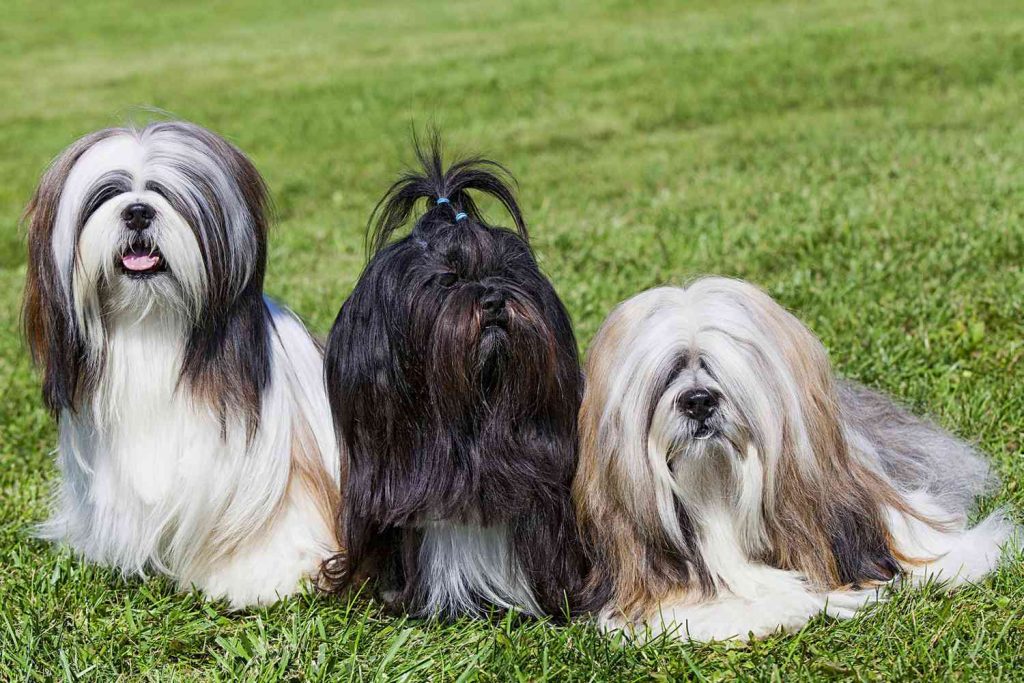
Termperament and Trainability
Lhasa Apsos are known for their independent and stubborn temperament. They are not the easiest breed to train and require a patient and consistent approach. They have a strong will and can be quite headstrong, so it is important to establish yourself as the pack leader early on. Lhasa Apsos are also known to be quite vocal and will bark to alert their owners of any perceived threats. This can make them good watchdogs, but it can also be a nuisance if not properly managed. Overall, Lhasa Apsos require a firm but gentle hand when it comes to training and socialization.
Despite their stubborn nature, Lhasa Apsos are generally intelligent and can be trained to perform a variety of tasks. They are known for their agility and have been used in dog sports such as obedience and agility competitions. However, their independent nature can make them less eager to please their owners than some other breeds. Lhasa Apsos also have a tendency to become bored with repetitive training, so it is important to keep training sessions short and varied. With patience and consistency, Lhasa Apsos can be trained to be well-behaved and obedient companions.

Known Health Conditions
Lhasa Apsos are prone to certain health conditions that owners should be aware of. One of the most common issues is progressive retinal atrophy, which can lead to blindness. This condition is genetic and cannot be cured, but it can be managed with medication and regular check-ups with a veterinarian. Another condition that Lhasa Apsos are susceptible to is hip dysplasia, which is a malformation of the hip joint that can cause pain and difficulty walking. This condition can be managed with medication and physical therapy, but in severe cases, surgery may be necessary.
In addition to these conditions, Lhasa Apsos are also prone to allergies, particularly to food and environmental allergens. Symptoms of allergies can include itching, redness, and inflammation of the skin, as well as digestive issues. Treatment for allergies may include medication, dietary changes, and environmental modifications. Another health concern for Lhasa Apsos is dental disease, which can lead to tooth loss and other health problems. Regular dental cleanings and at-home dental care can help prevent dental disease and keep your Lhasa Apso healthy.
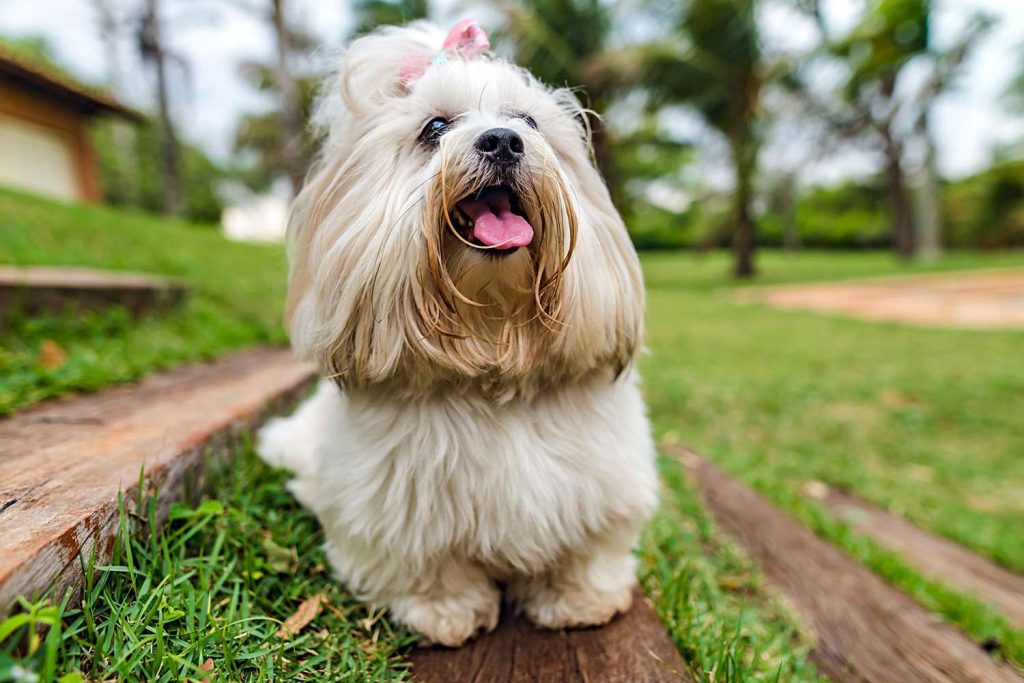
Openness to Strangers
Lhasa Apsos have a reputation for being cautious around strangers. They are not the type of dog to immediately run up to someone they don’t know and shower them with affection. Instead, they tend to observe new people from a distance before deciding whether or not to approach them. This can make them seem aloof or unfriendly, but it’s simply their way of assessing potential threats. Once they feel comfortable with someone, however, they can be quite affectionate and loyal.
Despite their initial wariness, Lhasa Apsos are not aggressive towards strangers. They are not known for biting or attacking people, even if they feel threatened. Instead, they are more likely to retreat or bark to alert their owners of potential danger. This makes them good watchdogs, as they are quick to sound the alarm if they sense something is amiss. Overall, Lhasa Apsos are a breed that values caution and careful observation when it comes to strangers, but they are not hostile or aggressive towards them.
Playfulness Level
The Lhasa Apso is a highly playful breed of dog that loves to engage in various activities. They are known for their energetic and lively nature, which makes them a great companion for families with children. These dogs are always up for a game of fetch or a walk in the park, and they love to explore their surroundings. Their playful nature also makes them great at learning new tricks and commands, as they are always eager to please their owners. Overall, the Lhasa Apso is a fun-loving and playful breed that brings joy and laughter to any household.
Despite their small size, the Lhasa Apso is a highly active and playful breed that requires regular exercise and stimulation. They love to play with toys and engage in interactive games with their owners, and they are always up for a good run or walk. These dogs are also highly social and love to interact with other dogs and people, making them a great addition to any household. However, it is important to note that their playful nature can sometimes lead to mischief, so it is important to provide them with plenty of toys and activities to keep them occupied. Overall, the Lhasa Apso is a highly playful and energetic breed that brings a lot of joy and entertainment to their owners.
Suitability as a Pet for Children
Lhasa Apsos have a friendly and affectionate nature, making them a great choice as a pet for children. They are also known for their loyalty and protective instincts, which can provide a sense of security for families. Their small size and low exercise requirements make them suitable for indoor living, and their long, silky coat requires regular grooming to maintain its health and appearance. Overall, Lhasa Apsos can make wonderful companions for families with children who are willing to provide the necessary care and attention.
Exercise Needs
Lhasa Apsos require regular exercise to maintain their physical and mental health. As a small breed, they do not need as much exercise as larger breeds, but they still require daily walks and playtime. A 30-minute walk in the morning and evening is sufficient for most Lhasa Apsos, but they may enjoy longer walks or hikes if they are in good health. It is important to note that Lhasa Apsos are prone to obesity, so their exercise routine should be monitored to prevent overexertion or under-exertion. In addition to walks, Lhasa Apsos enjoy playing games such as fetch or tug-of-war, which can provide mental stimulation and physical exercise.
In addition to physical exercise, Lhasa Apsos require mental stimulation to prevent boredom and destructive behavior. Puzzle toys, obedience training, and interactive playtime can provide mental stimulation for Lhasa Apsos. They are intelligent dogs that enjoy learning new tricks and commands, so obedience training can be a fun and rewarding activity for both the dog and owner. Lhasa Apsos also enjoy spending time with their owners, so including them in daily activities such as running errands or going for a car ride can provide mental stimulation and socialization. Overall, Lhasa Apsos require a balanced exercise routine that includes both physical and mental stimulation to maintain their health and happiness.

Suitability for a Multi-Pet Family
Lhasa Apsos have been known to coexist peacefully with other pets in the household. They are generally friendly and sociable, and can get along well with cats and other dogs. However, as with any breed, early socialization and training is important to ensure that they learn to interact appropriately with other animals. It is also important to supervise interactions between pets to prevent any potential conflicts or accidents.
Housing Requirements
Lhasa Apsos require a living space that is comfortable and safe. They need a warm and dry environment, with a temperature range of 18-22°C. The ideal living space for a Lhasa Apso is a house with a garden, where they can play and exercise. However, they can also adapt to living in an apartment, as long as they are taken for regular walks and have access to outdoor space. It is important to note that Lhasa Apsos are sensitive to extreme temperatures, so they should not be left outside for long periods of time in hot or cold weather.
Lhasa Apsos require a comfortable sleeping area that is quiet and free from distractions. They prefer a soft and warm bed, and may also appreciate a blanket or cushion to snuggle up with. It is important to provide them with a designated sleeping area, as they may become anxious or restless if they are forced to sleep in a noisy or unfamiliar environment. Additionally, Lhasa Apsos require regular grooming, so it is important to have a designated grooming area with appropriate tools and supplies. This will help to keep their coat healthy and free from tangles and mats.
Summary
Lhasa Apsos have a reputation for being loyal and affectionate companions. They are known for their independent nature and can be quite stubborn at times. They require regular grooming to maintain their long, thick coat. Lhasa Apsos are generally good with children and other pets, but early socialization is important. They are a good choice for apartment living as they do not require a lot of exercise. Overall, Lhasa Apsos can make great pets for those who are willing to put in the time and effort to care for them properly.
Lhasa Apso Dog FAQS
Lhasa Apsos can be stubborn and difficult to train, but with patience and consistency, they can learn basic commands.
Yes, Lhasa Apsos are generally good with children, but they should always be supervised.
Yes, Lhasa Apsos can adapt well to apartment living as long as they get enough exercise and mental stimulation.
Lhasa Apsos are prone to certain health issues such as hip dysplasia, eye problems, and skin allergies.
Yes, Lhasa Apsos do shed, but they are considered a low-shedding breed.
Lhasa Apsos have a lifespan of 12 to 15 years on average.
Lhasa Apsos are a small breed and only need moderate exercise, such as a daily walk or playtime in the backyard.
Lhasa Apsos should be groomed at least once a week to prevent matting and tangles.
Lhasa Apsos usually grow up to 25 to 28 centimeters in height.
The average weight of a Lhasa Apso is between 5.4 to 8.2 kilograms.
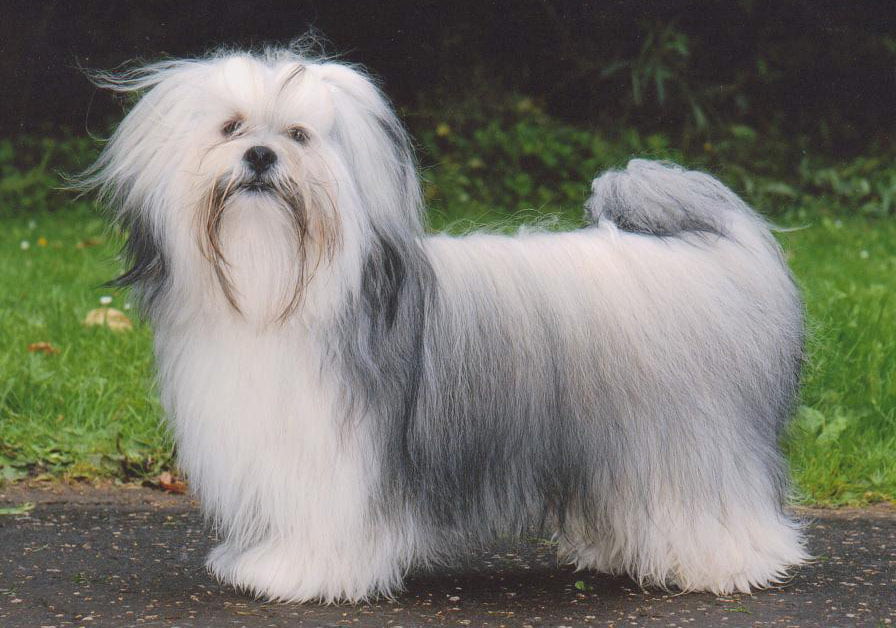
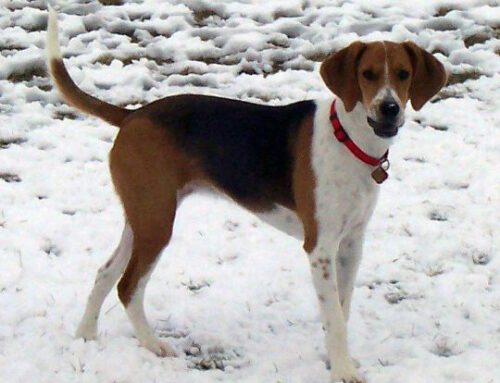
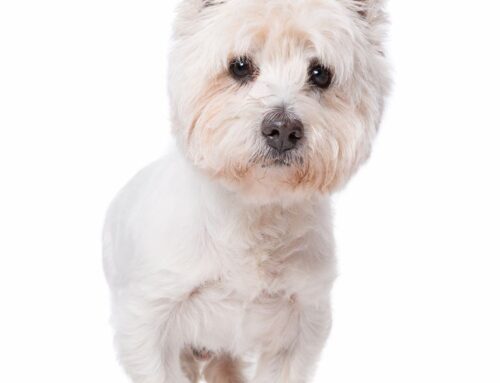

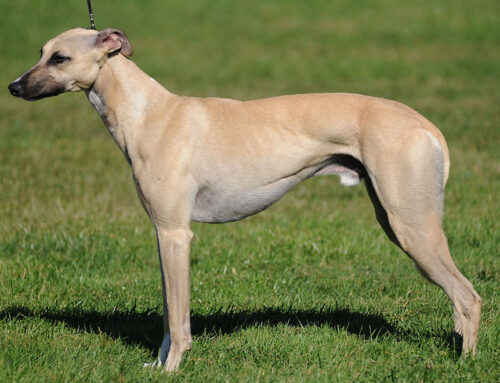
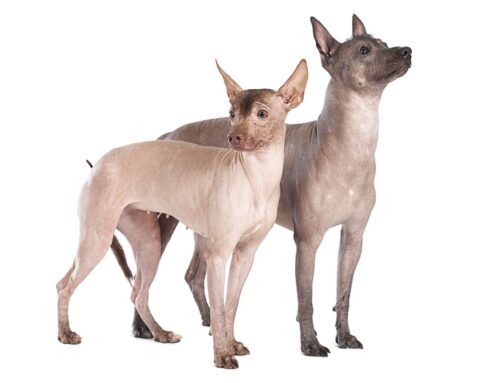
Leave A Comment